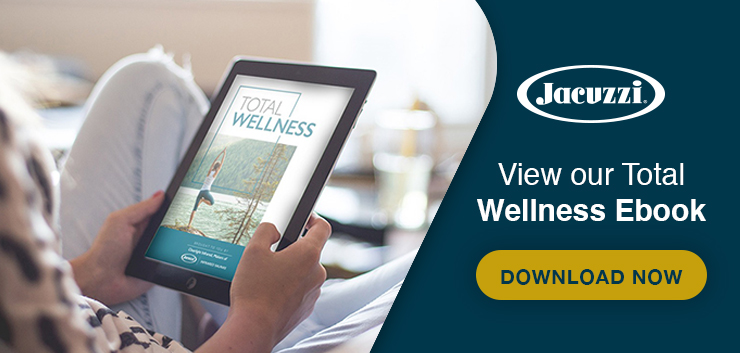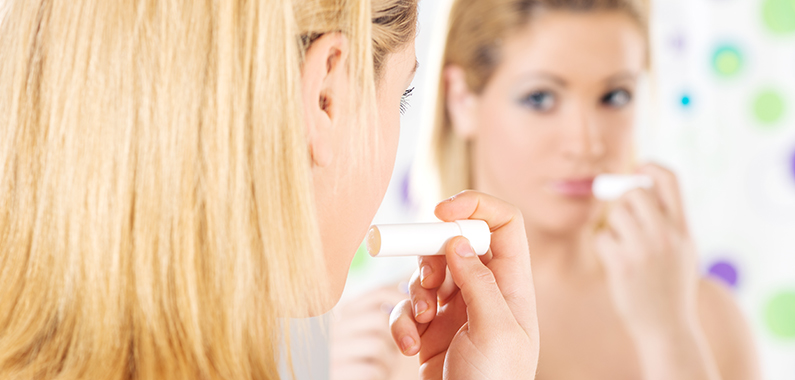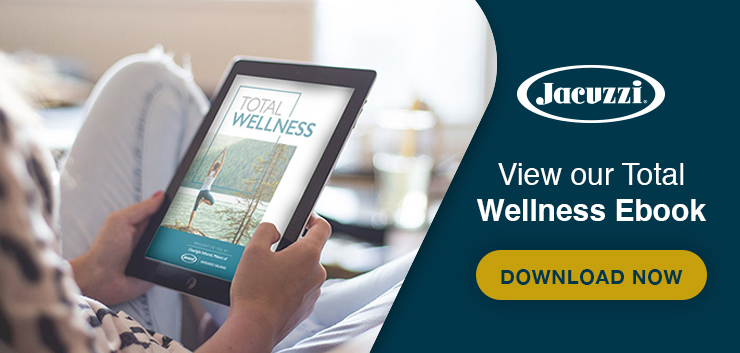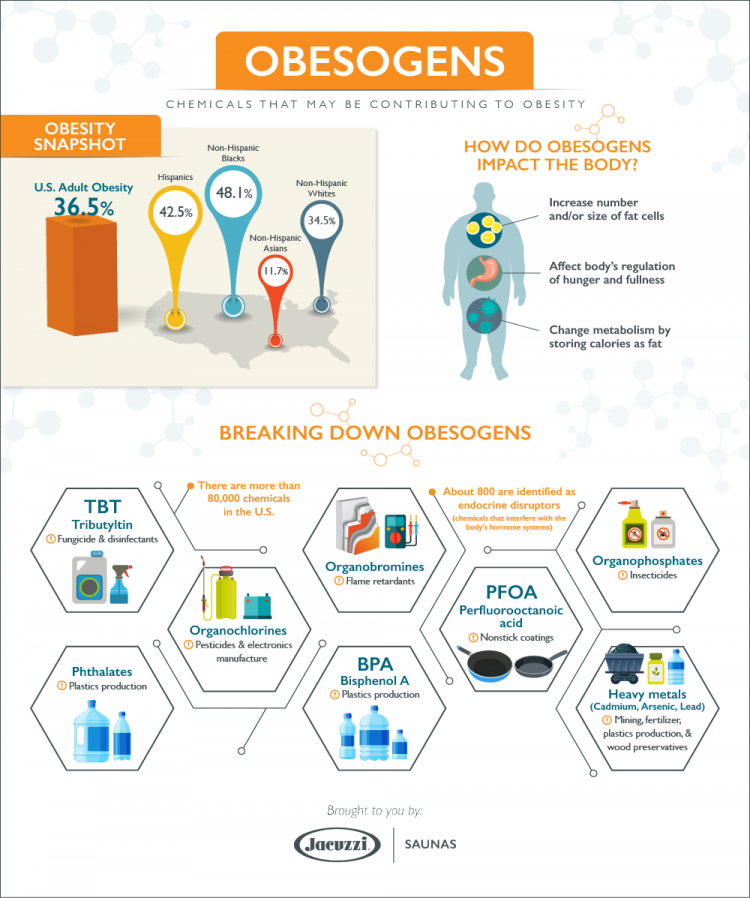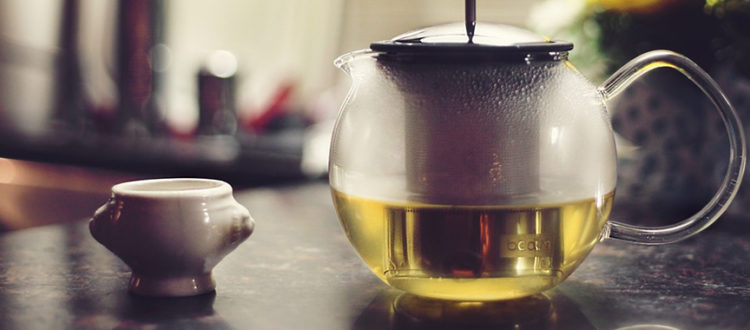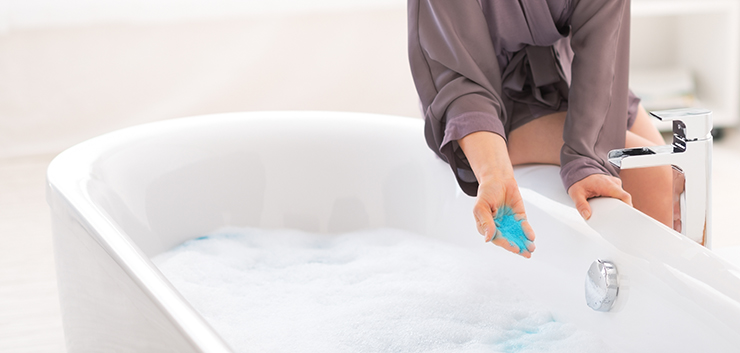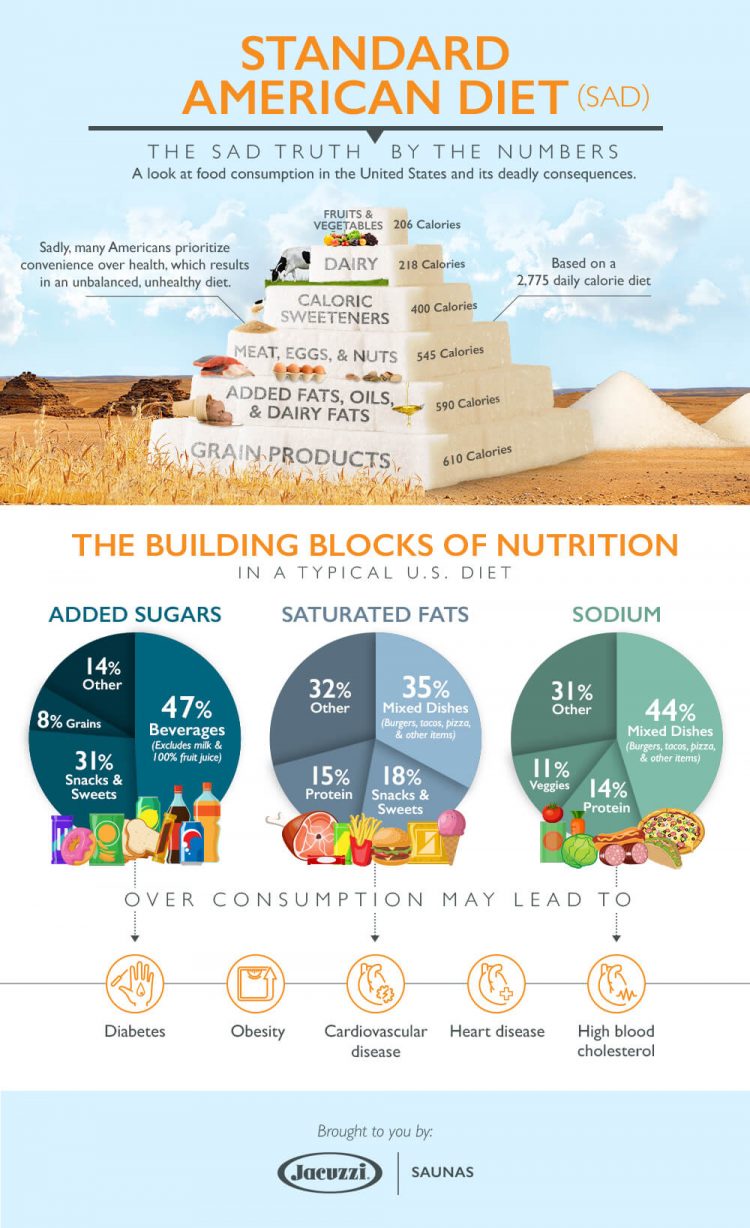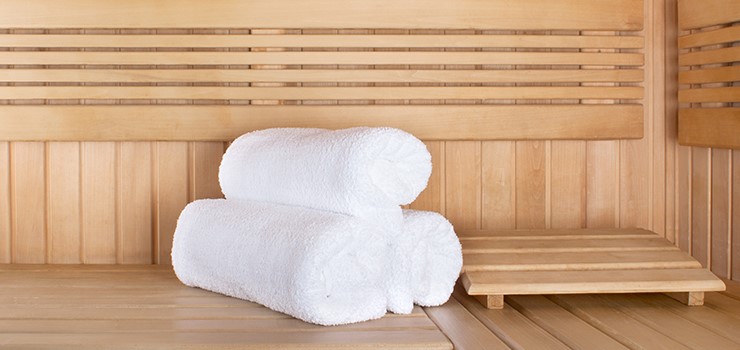As spring rolls around, it’s the perfect time to detox. The warm weather brings a refresh to nature, so why not renew yourself as well? Spring cleaning doesn’t just have to mean dusting the house and scrubbing the floors. Whether you’re sweating it out in your sauna for a physical detox or donating old clothes to charity, getting rid of the old to make room for the new is just what this season ordered!
Do good this spring cleaning season by cleaning your home, giving back to the community, and renewing yourself!

Spring Clean Your Home
Clean Your Closet
As the cold winter season come to an end, we shed our multiple layers for the warmer weather. This temperature change is a wonderful excuse to go through your closet and organize your clothes. That winter coat, along with your boots, scarves, and other winter accessories, are all fairly bulky clothing items. If your closet is feeling cramped for space, it’s time to figure out a new home for the clothes you aren’t wearing anymore – whether that’s in your attic or donated to a shelter. Start the closet cleanout by dividing your clothes into five sections:
- What you will be wearing this upcoming season
- Not needed until next fall/winter
- To be donated
- To be sold
- Damaged or unwearable, to be tossed
Determining what to part with can be difficult, but if you haven’t worn it in a few months and don’t have any occasion to wear it to in the coming month, it’s time to move on. Once your sections are complete, place this season’s clothes in your closet, move last season’s clothes to storage, and take the remaining 3 sections to the appropriate places. This spring clean will leave your closet feeling more manageable and will also help others with the items you no longer need.

Purge Your Pantry & Fridge
Similar to the cleaning of your closet, purging your pantry and fridge can be a daunting task. Many people don’t realize what’s been sitting in their fridge or pantry. It’s best to break these out into separate tasks, taking everything out of the pantry, sorting, organizing, then repeating with the fridge, then the freezer. Look for things such as expiration date, and check things that haven’t passed the date but have been opened. Organize similarly to the closet spring cleaning:
- Food you are still consuming
- Food that has not been opened or expired
- Food that has expired and gone bad
- Canned and boxed non-perishable goods that can be donated
Once divided, dispose of spoiled food and prepare non-perishables for donation. Before placing the food items back in the fridge or pantry, do a quick clean. This will eliminate any food buildup and odors that may have been lurking under your groceries. Once done, you’ll have an organized kitchen where you can easily navigate your food without wondering if something is still good or not, and you’ll open up shelf space for delicious and fresh spring produce.
Spring Clean Your Body
Do a Detox
Spring cleaning is essentially detoxifying your home, so why not apply it to your body too? For many, the winter months mean holiday eating, covering up with multiple layers, being decommissioned by winter colds, and staying inside to avoid the weather. Now that it’s warmer outside, a spring detox may be in order to rid the body of toxins and get you back to feeling active again. Some simple detox tips include:
- Sticking to a healthy detox diet
- Creating an active workout plan
- Staying hydrated with water
- Finding ways to sweat
Setting up a spring detox is easy especially when you consider all the season has to offer. Establish a healthy detox diet with all the fresh spring vegetables that become available and find new ways to sweat by doing outdoor activities in the warm weather. On top of that, relaxing in a sauna is a definite boost to any detox plan. This option is great for those days you might not get a chance to go outside and be active or can be an addition to your new workout and detox diet plan. Sweating in an infrared sauna helps facilitate weight loss to help shed that extra winter warmth, as well!

Make Time for Your Mind
Setting time aside to focus on mental health is just as important as taking care of your physical health. Thankfully, spring tends to bring warmer weather, which leads to increased happiness. While this boost in Vitamin D is wonderful, life can still get stressful, and it’s easy to feel down even if the sun is up. Take time for you this spring, and detox the stress from your life. Take a leisurely stroll around the park, meditate in an infrared sauna, or even go all out and take a trip this spring. If you feel the need to take a mental break, you can follow a few of these simple tips:
- Take a walk and stretch for 5 minutes
- Try aromatherapy and chromotherapy
- Meditate at home or in a yoga class
- Practice breathing exercises
- Call a friend to chat
The mental spring cleaning is simply clearing away negative thoughts and reaching mental clarity. Seasonal Affective Disorder, or SAD, is hard to shake after a long season of coldness, but with the help of meditation, the sunshine, and even chromotherapy in a sauna can pull you out of the winter blues and into the spring happiness. When you are happy, you are more likely to feel motivated to take on the rest of the season without a hitch!
This spring, take full advantage of renewing your life. Flourish this season by lightening your load both physically and mentally, and you’ll see what a difference it makes to be a little more organized and a lot happier. Add these spring cleaning tips to your arsenal this season for a refreshing rest of the year.
 Canada
Canada Australia
Australia New Zealand
New Zealand Germany
Germany UK
UK EU
EU Ireland
Ireland Malaysia
Malaysia China
China Japan
Japan


